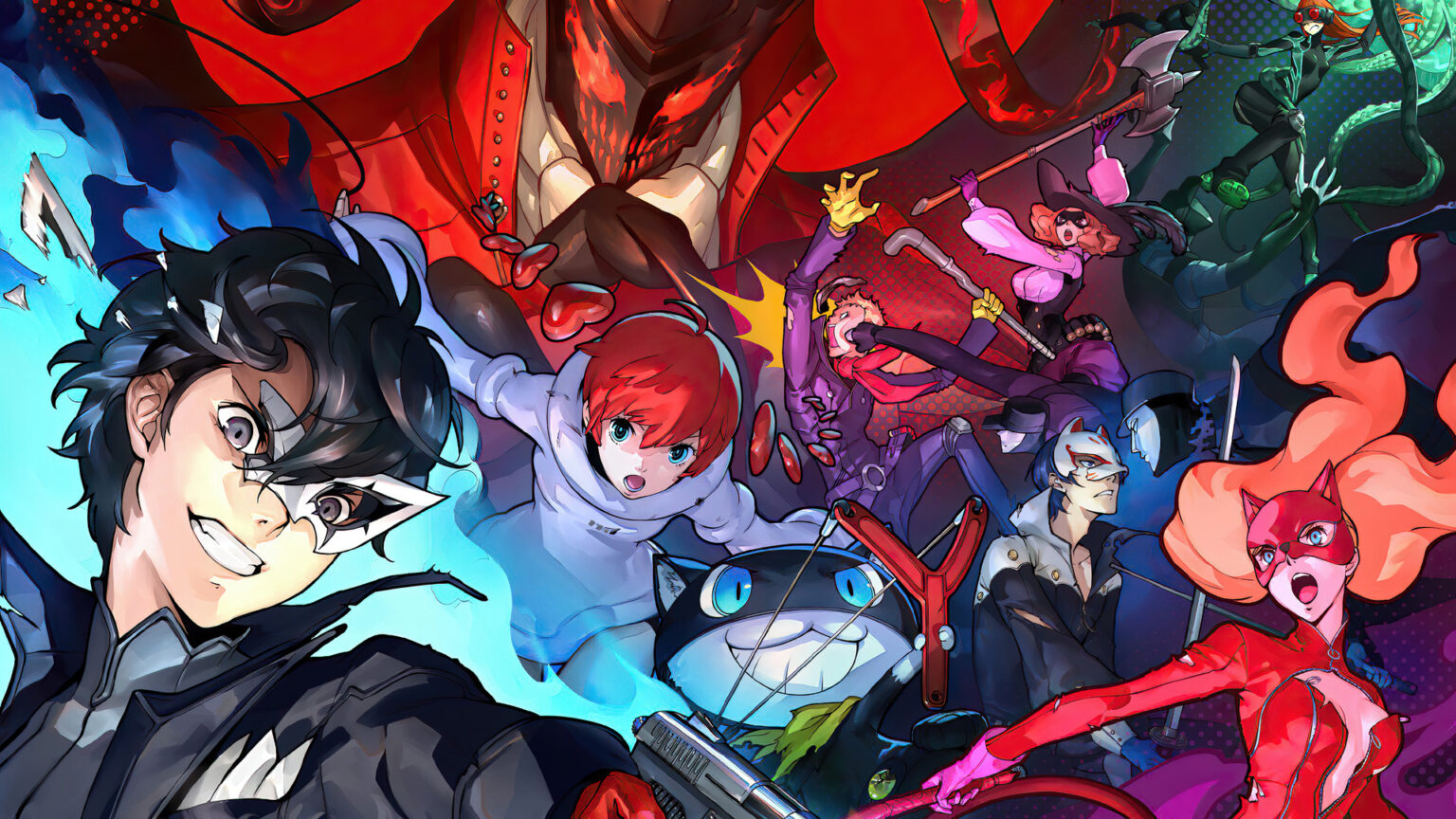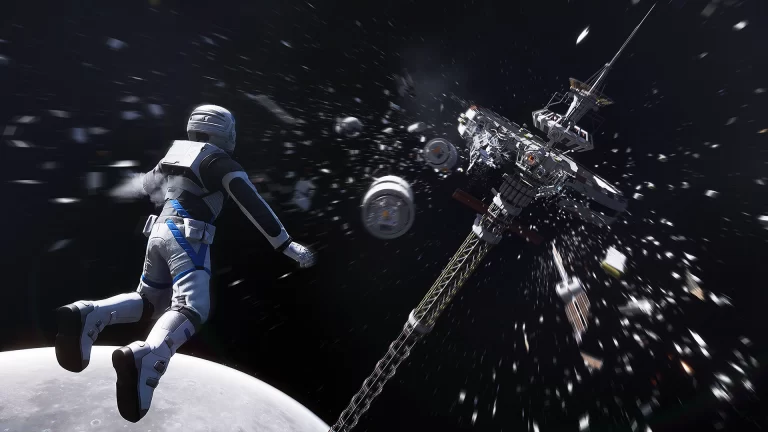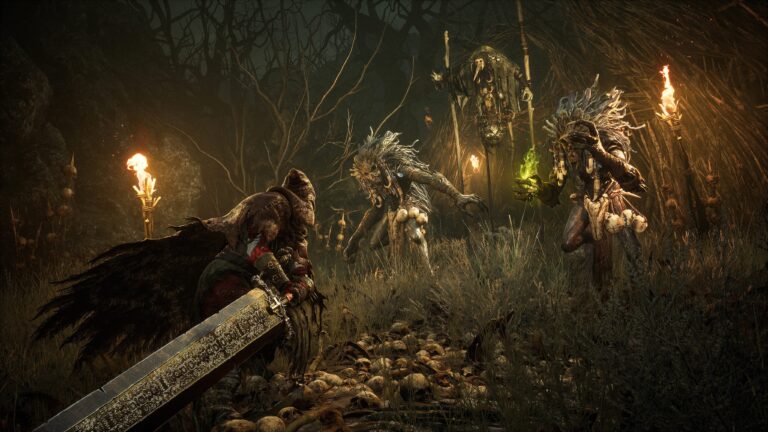The Persona series is no stranger to spin-offs. From fighting games to rhythm dancing fever dreams, Persona welcomes any and all genres. Persona 5 Scramble is the newest spin-off title in the series and is heading in a direction no fan saw coming.
Fusing Koei Tecmo’s Dynasty Warrior hack-’n-slash formula with the aesthetic, charm, and flair of Persona 5, Persona 5 Scramble: The Phantom Strikers is the latest offering from Atlus, the creators of the beloved RPG that stole the hearts of many since its arrival in 2017.
Released in Japan in February 2020, Persona 5 Scramble will finally make its way to western stores come February 23, 2020, after having been officially revealed this past week.
In anticipation for Scramble, here are three key details eager fans should be aware of before diving headlong in the Phantom Thieves’ next grand adventure.
1. Direct Story Continuation
Plot continuation outside of the main series titles isn’t anything new for Persona. Atlus has been chugging along the stories of previous Persona titles through the various mediums and spin-offs it published between development cycles of mainline games.
Fighting games Persona 4 Arena and Ultimax continue the trials and misadventures of the characters of Persona 3 and 4, layering more story on top of the conclusive endings both games had, and allow players to duke it out as fan favorites and newcomers. Combined with the fighting system engineered by Arc System Works, of BlazBlue and Guilty Gear fame, and there’s a recipe for good fun and fan service, despite being a departure from the series’ usual RPG fare.
Persona 5 Scramble is also a direct narrative continuation of the original Persona 5, taking place six months after the conclusion of the original game, and venturing into new territory for the franchise by working together with Koei Tecmo.
The basic premise of Scramble goes like this: Protagonist Joker decides to have a reunion with his friends in Tokyo but things aren’t as peachy as they seem. The Phantom Thieves are then called to action once more against a new threat that threatens the unfettered desires of humanity.
Having so many spin-off titles may seem like Atlus is milking the main games for profit as much as it can and that would not be an incorrect assessment. There can only be so many different ways to rehash the same characters into different scenarios and genres without the premises getting stale.
However, with the tight attention to detail and direction the developers have with the series, Persona 5 Scramble is in good hands, both from gameplay and story writing perspectives.
The only issue fans would have with Scramble is that it follows vanilla Persona 5’s story rather than the expanded Persona 5 Royal’s.
Persona 5 Scramble first began development in 2016 under the project name Persona Warriors and was being co-developed by Atlus’s P-Studio and Koei Tecmo’s Omega Force Studio. After being teased in 2018, it was later revealed fully in 2019.
Royal began development at a similar time, starting after the original was finished in 2016, thus leading Scramble and Royal to be developed in tandem, preventing any potential story overlap Scramble would possibly have with Royal.
It is disappointing to not have any of P5R’s story changes and improvements present in Scramble, but hopefully the brand new story will make up for it—not to mention some sweet bonuses for players who have Persona 5 and P5R save data present on their consoles.
2. Dynasty Warriors with a Persona twist
Anyone who has seen the reveal trailer is aware that Scramble plays nothing like the traditional turn-based, life simulation RPG with which Persona fans are familiar.
The biggest disjoint Scramble has with vanilla Persona 5 is its combat. Being a fusion of Dynasty Warriors and Persona, Scramble plays like a hack-’n-slash rather than a methodical turn-based ordeal.
Dungeons/Palaces and other Meta-verse related plot details are all present but act slightly different from what fans recognize. Players can venture in and out of dungeons without worrying about time progressing as it normally would in regular Persona games. Combat is now in real-time and players can alternate their character from a four-man party of their choosing. Battles are now against hordes instead of handfuls of enemy shadows.
Persona abilities can be used from a command window during combat and still function like they would normally, able to target enemy-specific weaknesses. Thanks to how unique each character and their Persona are, combat vastly varies depending on who the player uses.
Combat can also be approached two different ways: head-on or ambush. These methods also affect the Alert Level of each dungeon, like how it functioned in Persona 5. Reaching 100% Alert Level will evict players from the dungeons, with remarkably little consequence, but successful ambush attacks will lower the Alert Level to more manageable numbers. This is all familiar ground for longtime fans.
Outside of combat, the game and story is set on rails, so players concerned about more social simulation and deadlines should be unworried. Activities don’t progress the date, so players can freely act as they please.
A disappointing note is the lack of the Confidant system for Joker, which allowed him to strengthen his bonds with teammates and other characters to unlock sweet abilities during Palace heists. Instead, Confidants have been replaced by the BAND system and Requests. Requests are self-explanatory side-quests and the BAND system is a feature that grants bonuses to Joker and his allies. BAND levels can be increased via interaction with party members, success in battle, and hitting certain in-game milestones.
Scramble treads along familiar ground for anyone who is familiar with the series but layers on new mechanics wholly outside of the Persona norm.
3. Multi-Platform Feature
Persona has always been notorious for being a Sony exclusive series. Although spin-off games did pop up on various pieces of hardware, each platform got different offerings.
Though the fighting games were featured on both the PlayStation and Xbox, other spin-offs like Persona Q and Q2; and Persona: Dancing All Night and its sequels; were restricted to singular or specific platforms. To play Persona Q, fans would need to procure a Nintendo 3DS. To play the dancing games, fans needed to have a PlayStation 4 or Vita. It was insufferable being a Persona and Microsoft fan.
However, Atlus pulled off a surprising move with Scramble by releasing it not just for the PlayStation or Nintendo Switch, but for PC via Steam.
A potential reason why Atlus decided to branch out was the immense success Persona 4 Golden had when it was ported to Steam. Mainline Persona games were never released to any consoles outside of PlayStation, so this was a rather daring first for Atlus.
P4G sold over 500,000 copies within its first month worldwide, further proving the viability of the PC market for the series.
This bodes well for the future of the franchise. Down the line, more spin-offs could be made readily available on multiple platforms for fans of different hardware to enjoy. Perhaps even older main games of the franchise have the possibility of being ported onto modern platforms as well. What Atlus may do next with Persona is exciting.
It is a good day to be a Persona fan.
No related posts.






